The Chardham Yatra is not an ordinary pilgrimage but a journey towards soul purification and enlightenment. This sacred yatra comprises visits to Kedarnath, Badrinath, Gangotri, and Yamunotri. The yatra generally begins in Rishikesh or Haridwar. During this sacred yatra, you get a chance to seek the divine blessings of God and test your inner limits. However, the Chardham sites are open only six months of the year due to adverse weather conditions and challenging journeys during the winter. For a memorable Chardham yatra, you should know when to plan the journey to avail yourself of the maximum benefit of the pilgrimage. Let’s take a look at the best time to visit Chardham.

Ideal Time to Visit Char Dham
Since all the Char Dham sites are situated in high-altitude regions, it is important to keep in mind the weather while planning your pilgrimage. The Yatra typically spans from late April/early May to November.
Summer Season (Late April to June)
- Weather: Summer is considered to be the best time for Chardham Yatra as the weather is pleasant and you can avail of all the amenities without any issues during this time of the year. The average temperature ranges around 15 to 25 degrees Celsius making visiting temples and trekking easier.
Pros:
- Pleasant weather, clear paths.
- Clear sky, better amenities.
Cons:
-
- Footfall is high, especially if you’re traveling in May and June.
- Due to peak season travel and accommodation may be costlier.
Recommendation: Carry enough woolen clothes as the temperature can go down at night. Even during summer, the temperature is cold at the Chardham sites as they are located at very high altitudes so ensure you’re well-prepared for the yatra.
Monsoon (July to September)
- Weather: Monsoon is considered to be unfavorable for traveling due to unexpected rainfall and slippery paths. The average temperature during monsoon ranges around 10 to 20 degrees Celsius.
Pros:
-
- You can witness lush greenery everywhere.
- The crowd is less than peak season giving you optimum time for darshan.
Cons:
-
- There are chances of landslides due to unexpected rainfall.
- The paths are very slippery and the roads are damaged.
- Many of the facilities may not be available during this time of the year.
Recommendation: You should avoid traveling to the Chardham sites during monsoon due to heavy rainfall and blockage of roads. Those who are traveling in this season need to be very cautious and mindful of their surroundings and stay updated about the weather conditions.
Winter Season (October to March)
- Weather: During winter, the Chardham temples remain closed due to challenging routes and adverse weather conditions. Typically, all the regions experience heavy snowfall in winter making traveling very difficult.
Pros: You can visit the winter homes of Badrinath and Kedarnath
Cons: The Chardham temples are closed so you can’t visit any of these sites.
Recommendation: If you still want to travel in winter, the idols from Badrinath and Kedarnath are relocated to their winter homes at Joshimath and Ukhimath, respectively. An alternative can be to visit these locations.
Best Time to Visit Kedarnath
- April to June(Summer) is considered to be the best time to visit Kedarnath due to comfortable weather and accessibility for tourists and pilgrims alike.
- During these months, the average temperature ranges from 6°C to 20°C and the snow starts melting and the shrine becomes accessible to pilgrims.
- May is considered to be the peak month and remains overcrowded. Kedarnath Temple’s door opens in early May or late April, marking the pilgrimage season’s starting.
- From September to October, pre-winter months are also a good time to visit the temple.
Kedarnath Temple remains closed from November to March for 6 months each year due to heavy snowfall in the region (Every year exact dates are announced). After November, heavy snowfall is experienced by the region, making it unsafe and challenging for travel. During this time of the year, the temperature ranges from 5- 18 degrees Celsius. The monsoon lasts from July to August and you can encounter heavy rainfall during this time, causing hindrance in traveling due to landslides.
Best Time to Visit Badrinath
- From November to April Badrinath temple remains closed for six months.
- May to June(summer) is considered to be the best time to visit Badrinath as the weather is pleasant and the paths are clear. During this time the average temperature ranges around 18 degrees Celsius making it comfortable and pleasant for travel.
- September-October (post-monsoon season) is also a good time to visit Badrinath.
- You should not visit Badrinath during July-August(monsoon season) as the region is prone to cloudbursts and landslides.
- At the start of November, snowfall begins and due to extreme weather conditions and heavy snowfall, the roads are closed. Till April, the pathways are covered in snow as the weather drops down to sub-zero levels. Hence, it is not ideal to visit Badrinath during winter.
- Every year, the exact date of closing and opening of Badrinath Temple keeps changing.
Best Time to Visit Gangotri
- Gangotri remains open for six months each year, from May to November.
- September-October and May-June are considered to be the best time to visit Gangotri as the weather remains pleasant during this time.
- Summers in Gangotri are considered to be the best time to visit this sacred site as the average temperature ranges around 25 degrees Celsius. During this time the snow starts melting and the doors of the temple open during summer. Hence, making it ideal for sightseeing and pilgrimage.
- Throughout the year Gangotri remains very cold. During the monsoon (July to August) you should avoid visiting Gangotri as the entire region remains prone to landslides.
- Winters in Gangotri are extreme and harsh. The heavy snowfall restricts trekkers and travelers from entering the region. Communication and transport facilities come to a standstill.
Best Time to Visit Yamunotri
- September-November and May-June are considered to be the best months to visit Yamunotri.
- Throughout the year, Yamunotri remains very cold, while winters make traveling and visiting the temple very difficult.
- Visiting the region during festivals such as Phool Dei, Basant Panchami, etc. will give you a chance to witness a more joyful and colorful side of Yamunotri.
- Winter is not considered to be ideal for visiting Yamunotri, owing to the freezing and harsh winters, which can drop to sub-zero levels. Due to this, for most of the time in winter the roads are closed.
Conclusion
If you’re planning to visit the Chardham sites then you should definitely keep the weather in mind. Summer is considered to be favorable for the Yatra as the weather is comfortable and the paths are clear. You should avoid visiting the sacred sites during winter as the temples are closed due to extreme weather conditions. You can also check out our above guide to ensure that your Chardham Yatra is fuss-free and enjoyable.
Suggested to Read:

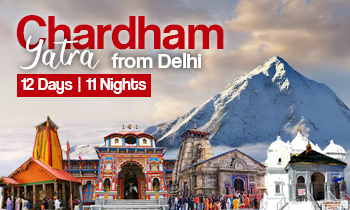
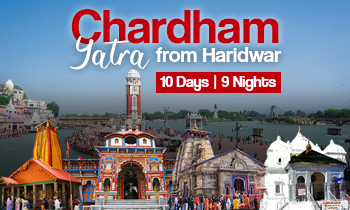
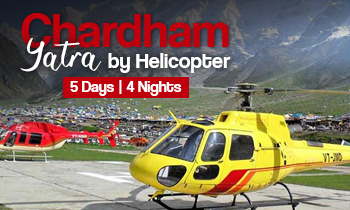
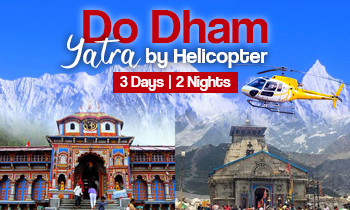
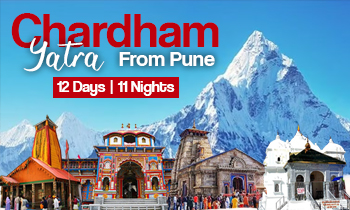
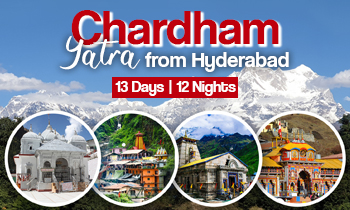

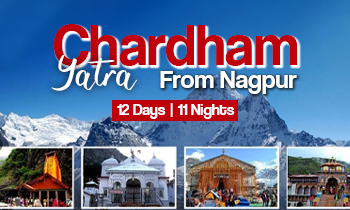

 Call
Call WhatsApp
WhatsApp Enquiry
Enquiry